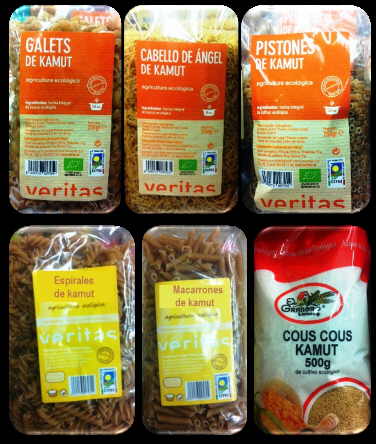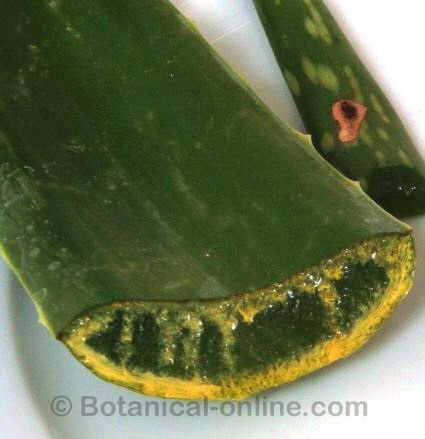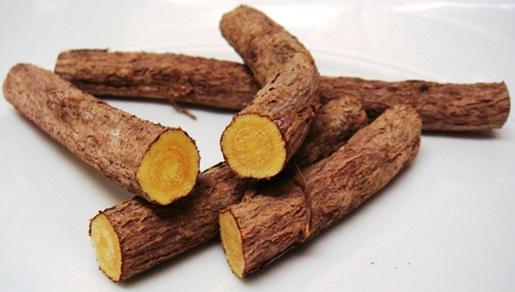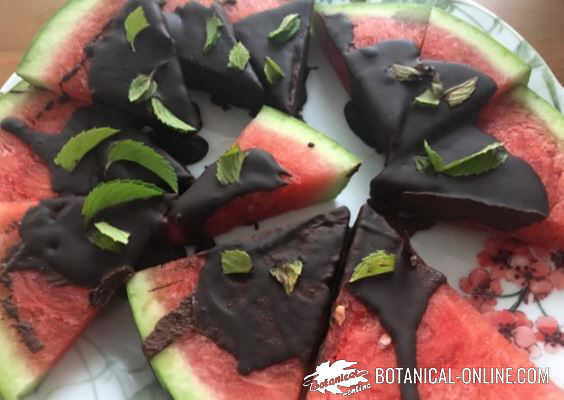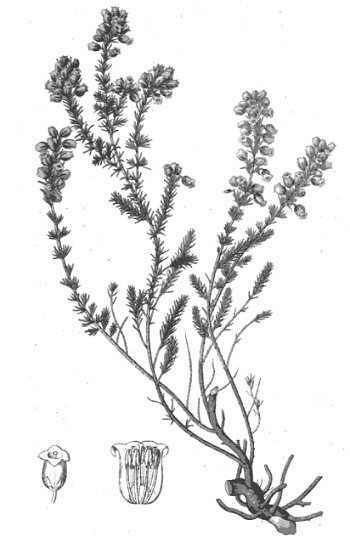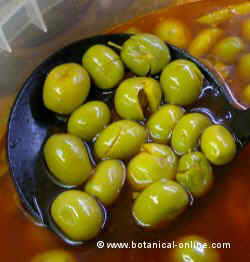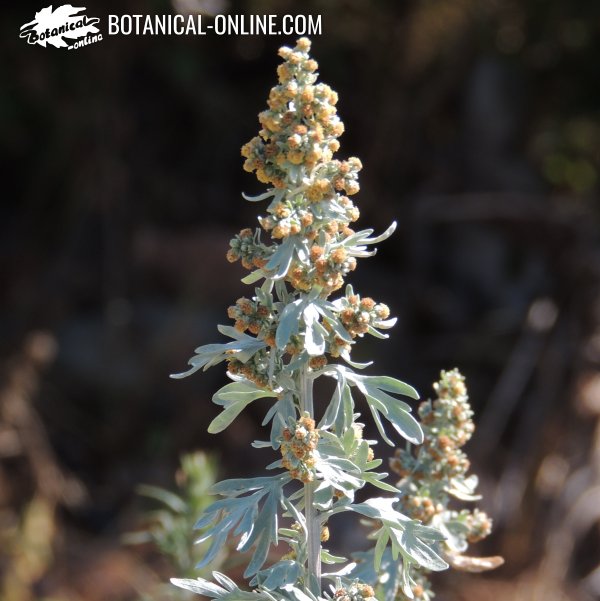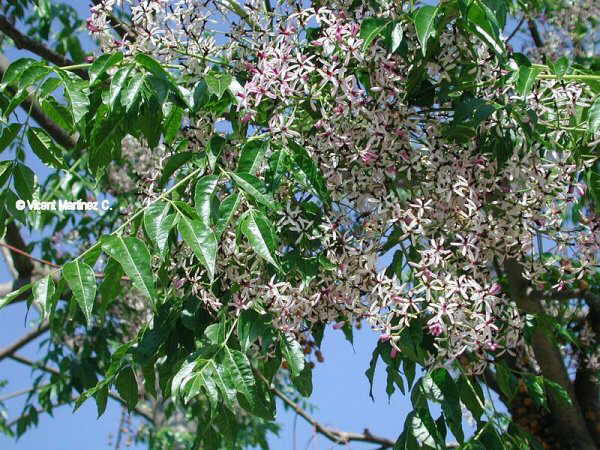Contents
How to grow honeysuckle (Lonicera caprifolium)
Honeysuckle is a shrub of the Caprifoliaceae family, up to 2 m (6 m when cultivated) that grows wild but can also be cultivated mainly as a climbing plant for fences, walls, gates, etc.
Honeysuckle. Irrigation:
It needs abundant moisture to grow and produce abundant flowers. Water every 3 days from spring and every two days in summer. The rest of the year water every 15 days.
Honeysuckle. Uses:
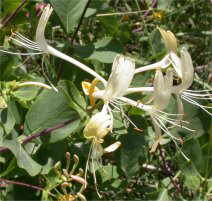
It is used as a climbing plant next to walls or gates or to cover walls. It lacks tendrils but it has voluble stems, meaning that they can wrap around any object,
Provide it with some thread, cable, cane, etc. where it can grasp. You can plant it next to the stem of a tree so that it can climb on it.
It stands out for the excellent aroma of its flowers, especially fragrant during the night when the moths and other insects approach to squeeze the nectar of its flowers.
Honeysuckle. Emplacement and climate
It can be exposed in full sun, although it prefers semi-shade. It can even live in complete shade.
It prefers a moderate climate, with an ideal temperature between 27-10 ºC, although it tolerates the cold well, even with frost to -15 ºC. However to get a good flowering needs the temperature is not cool in summer.
Fructification only takes place when it is hot in summer.
Honeysuckle. Reproduction
It can be reproduced by seeds in spring, by cuttings in summer or late autumn and by layering in autumn
- Reproduction by seeds: If by seeds, it is necessary to stratify the seeds for a couple of months.
The seeds will then be planted in a seedbed at room temperature. When the seedlings are large enough to be handled, they will be planted in their final location in warmer climates.
In cold climates, it is best to plant them in pots during the first year so that they can spend the first winter indoors. When the weather is good, they will be located in their final place.
- Reproduction by cuttings: Cuttings will be made with semihard cuttings of about 10 cm in length.
- Reproduction by layering: It can also be reproduced by layering in autumn. To do so, you will introduce a part of a branch of the plant without cutting under the ground for a couple of weeks. Subsequently, when it has taken root, it will be separated from the mother and planted in its final place.
Honeysuckle. Pruning
Honeysuckle plants are very fast growing. They withstand excessive heat and humidity, wind or pollution. Since they do not possess many diseases, they can live for many years and can even present a too widespread appearance.
If you want to have a more harmonious and rounded form, it is necessary to perform a formation pruning, pointing out those parts that grow farthest from the center.
At the end of winter pruning can be done to get the plant to produce more flowers in spring.
Honeysuckle. Type of soil
Loose ground with good drainage will be used. The best is a soil rich in humus, loose and fresh with a Ph between 4.5 and 8., although it tolerates practically all types of soils.
Honeysuckle. Plagues and diseases
Honeysuckle plants are very strong plants that almost do not suffer diseases and are only affected by a few pests, with very easy solution.
Among the main diseases that affect this plant, we have:
- Dusty mildeu: It is a fungal disease produced by fungi that leads to the yellowing of the attacked leaves and their subsequent fall. Besides, the appearance of the mycelium next to the central nerve of the leaves can be observed. Although not very frequent, there have been some cases in Italy, Germany and England.
Among the main pests we have the following:
- Lepidopteran larvae: some larvae of butterflies eat their leaves. Among them we can mention: Epirrita autumnata, Arctia caja, Crocallis elinguaria, Eupithecia exiguata, Ectropis crepuscularia, Hypercompe scribonia, Hypercompe scribonia, Ourapteryx sambucaria, etc.
- Aphids: Hyadaphis tataricae.
- Hymenoptera larvae: Zaraea inflata
- Beetles: Flea beetles
- Aphids
- Suckling grasshoppers: Anormensis septentrionalis
- Clover mites
![]() More information on honeysuckle.
More information on honeysuckle.

